When making choco lava cookies with gooey center, these tricks help you maintain temperature so you get that lava effect just right.
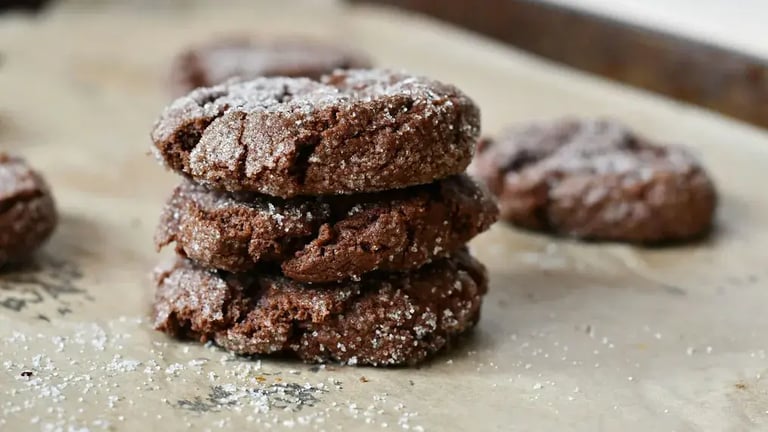
If you’ve ever bitten into a molten dessert and experienced that irresistible, flowing center of chocolate, you know what a true lava treat feels like. One of the most beloved examples is choco lava cookies with gooey center, a dessert that combines the firm exterior of a cookie with a luscious, molten middle. While the ingredients and technique matter, mastering the lava effect is ultimately about getting the temperatures just right. Both your dough and your filling behave differently depending on how cold or hot they are before and during baking. Essentially the lava effect relies on contrast. You want the outside of the cookie to bake and firm up, while the inside remains soft, warm, and molten. Achieving this balance requires precision in three key areas: temperature of your filling, temperature of your cookie dough and baking temperature and time. Small shifts in any of these can affect your final outcome, making your center too dry or your cookie too soft. So in this guide, we’ll explore the temperature tricks that make the difference between a mediocre cookie and a gooey, oozing masterpiece.
Freezing the filling

The most important trick to nailing the gooey center is freezing the filling, whether you're using ganache, chopped chocolate, or even a soft truffle. Freezing delays the melting point of the filling. When placed in the center of cookie dough and baked, it gives the outer dough time to set and hold its structure while the inside just begins to melt. This results in that lava like core. To do so, prepare your chocolate ganache or break chocolate into 1 inch chunks. Place on a parchment lined tray and freeze for at least 1 hour, or ideally overnight. Handle with clean, cold hands when stuffing into dough to prevent early melting.
Chilling the dough
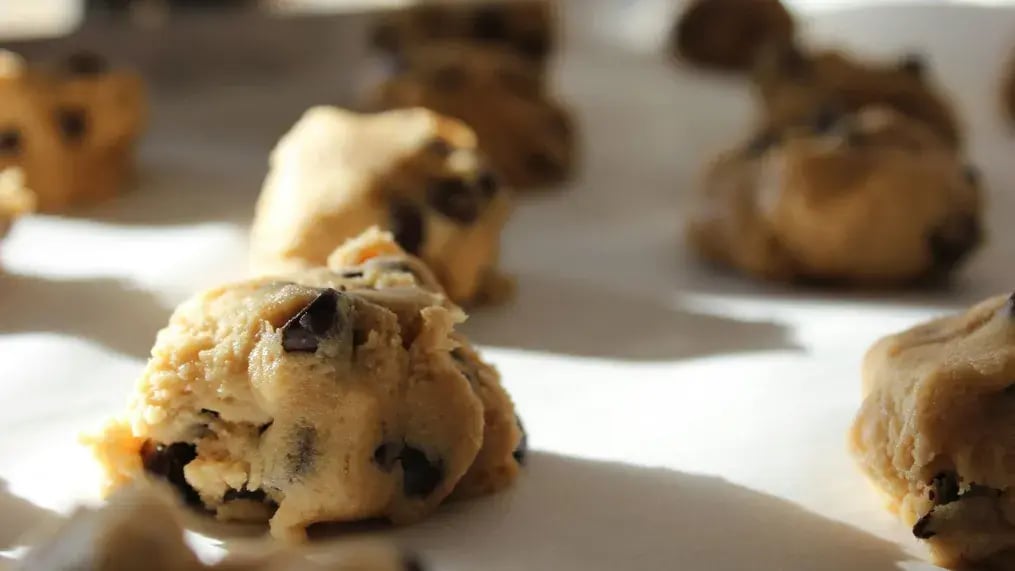
Room temperature dough will spread too quickly in the oven, especially when paired with a molten filling. Chilling the dough firms up the fat content, mainly the butter, which helps it hold shape as the cookie bakes. After preparing your dough, cover and refrigerate it for at least 30 minutes. For best results, let it rest for 2 hours or overnight. If you’ve already stuffed your cookies with frozen centers, chill the assembled dough balls again for at least 15 minutes before baking. This double chilling method, with frozen centers and cold dough, creates the perfect timing gap between the firming outer cookie and the melting middle.
The oven temperature
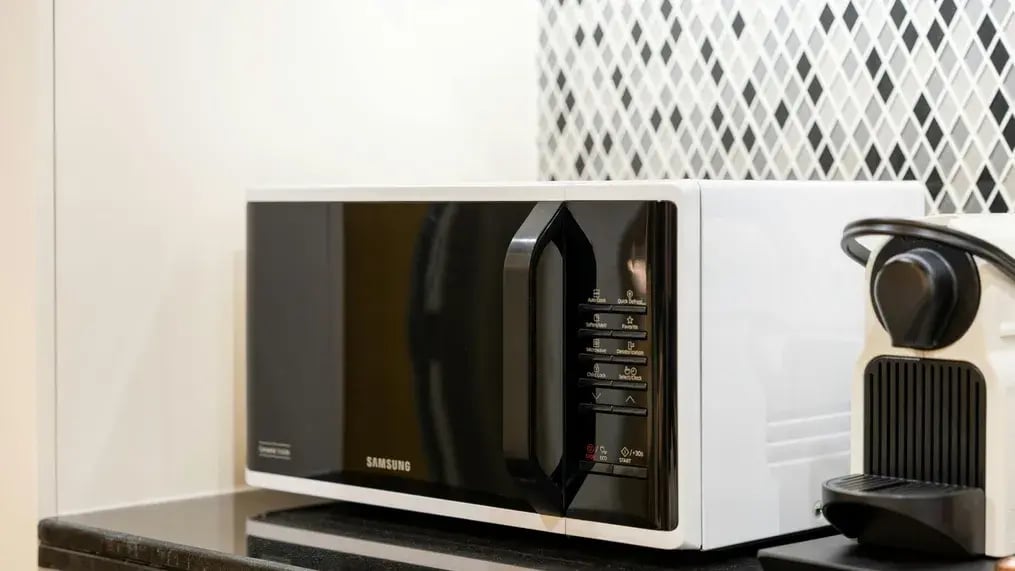
The oven temperature plays a critical role in creating the lava effect. Too high, and the outside will brown too quickly while the inside stays frozen. Too low, and the cookie might overbake all the way through before the center has a chance to melt. The ideal baking temperature is 175°C or 350°F, which is the sweet spot. It gives you enough time to bake the outside to a chewy firmness while slowly melting the chocolate inside. If you’re using a conventional oven, reduce the temperature slightly to around 165°C or 330°F to prevent overbaking. Home ovens are often inaccurate by 10 to 20 degrees in either direction. To ensure consistent results, invest in a simple oven thermometer. Place it in the center of the rack and preheat for at least 20 minutes before baking. This one time investment will help prevent under- or overbaking your cookies.
The baking

Once inside, waiting for the cookie to look completely baked before removing it from the oven is perhaps the most common mistake. Remember that residual heat continues to cook the cookie after it's out of the oven. You’ll know they are ready when the edges look set while the center may appear slightly soft or puffy. Remove them after 10 minutes and let rest on the baking tray for 5 minutes before transferring to a rack. During this resting period, the cookies will firm up just enough to hold shape while the center remains warm and gooey.
The reheating
Let’s say your cookies have cooled and you want to bring back that molten magic. The key here is gentle reheating. Place one cookie on a microwave safe plate and heat for 10 seconds. Any longer, and the cookie may overcook. Or preheat the oven to 160°C or 320°F. Warm the cookies on a tray for 5 minutes. This method works better if you’ve frozen your cookies for later. In fact, freezing the fully assembled cookie dough and baking it straight from the freezer can often yield even better lava centers, as both the dough and center get time to bake and melt respectively.
Like This Article?
More Like This
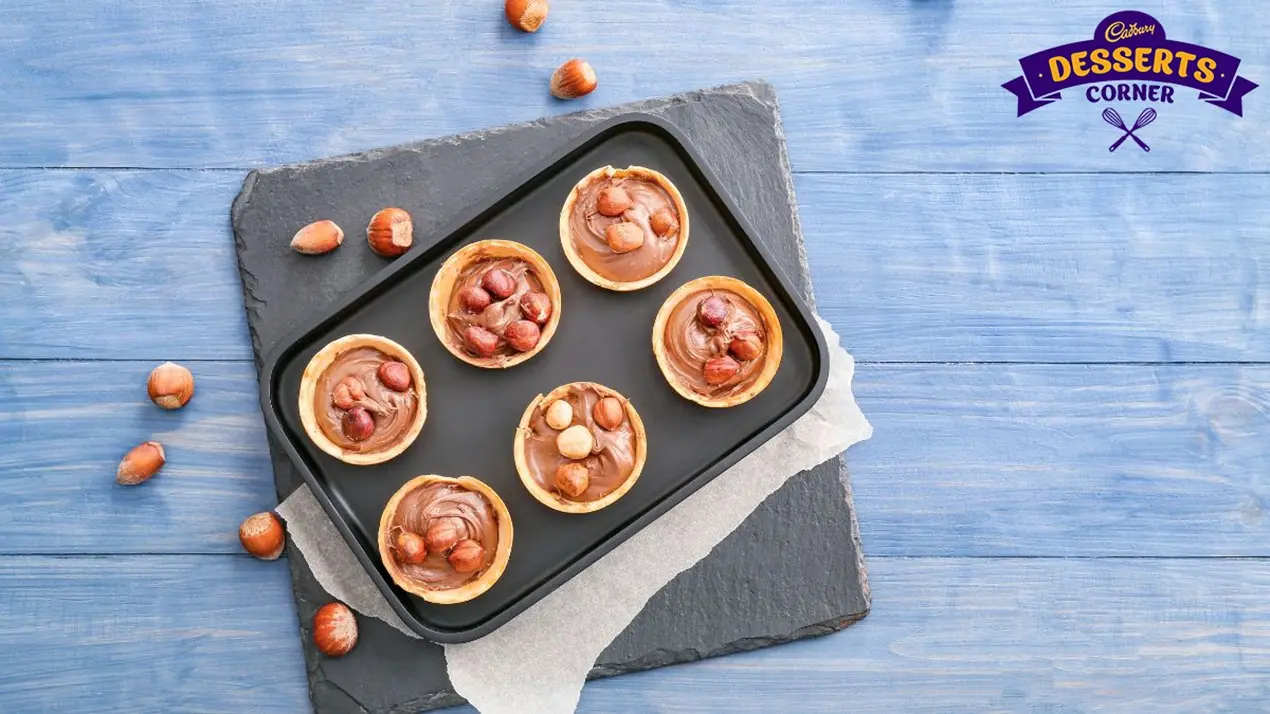
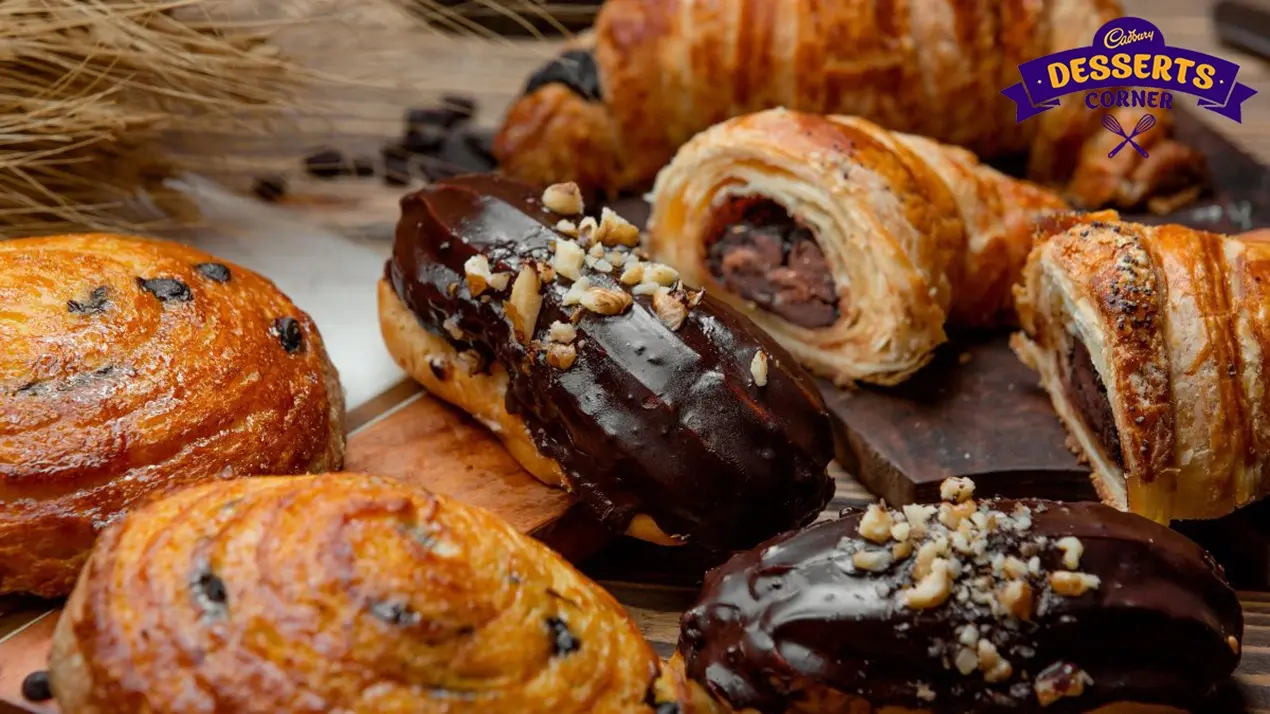


Popular Articles





Trending Web Stories
Curated Recipes


















